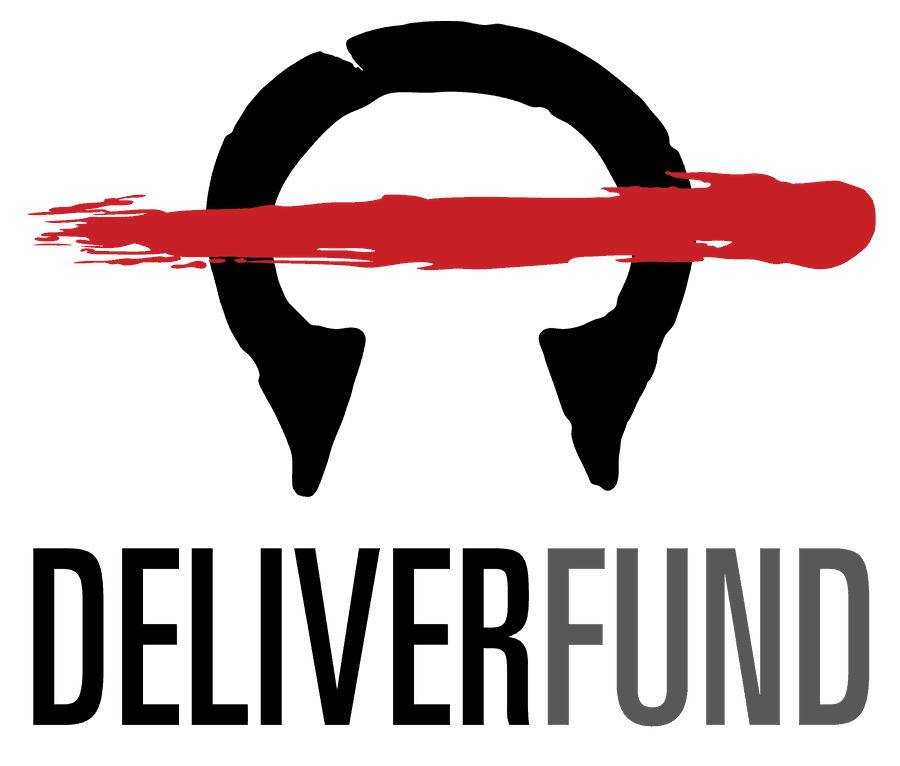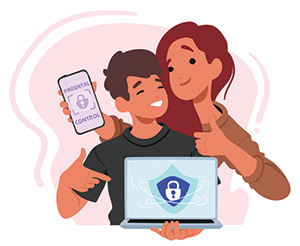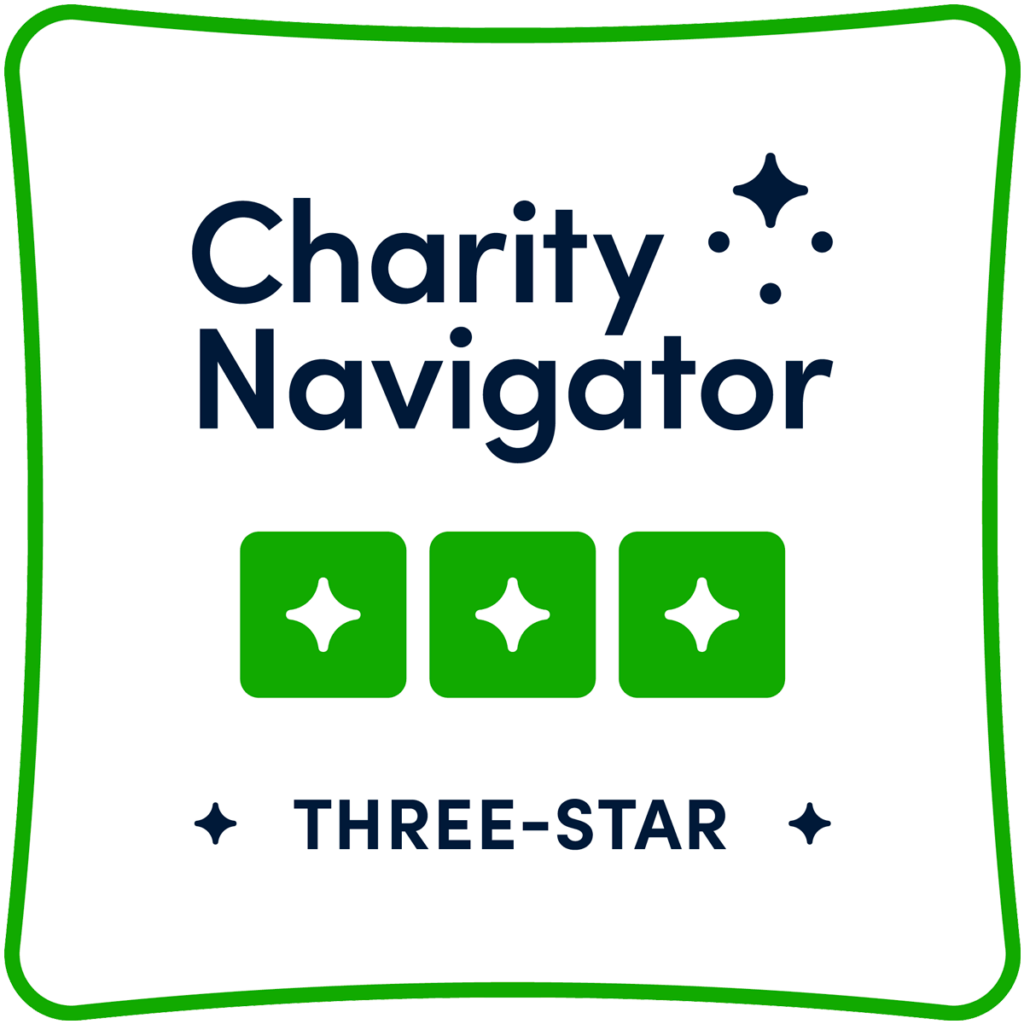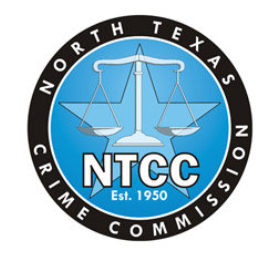Human trafficking is a hidden crisis that reaches into every corner of society—including hospitals, clinics, and emergency departments. Human trafficking in the medical industry is a serious issue, as traffickers often bring victims to healthcare settings for treatment. This presents an opportunity for healthcare professionals to recognize warning signs and intervene to help victims.
Medical professionals are uniquely positioned to assist victims of human trafficking, but they must know what to look for and how to respond. Understanding how traffickers exploit the healthcare system can help save lives.
How Human Traffickers Use Healthcare
Victims of human trafficking often experience severe physical and mental health issues due to forced labor or sex trafficking. Many traffickers take their victims to hospitals and clinics for treatment but closely monitor them to prevent escape or disclosure.
Some traffickers may:
- Bring human trafficking victims in hospitals under the pretense of an accident or illness but refuse to leave them alone with medical staff.
- Coach victims on what to say and threaten them if they try to reveal the truth.
- Seek treatment for injuries related to abuse, malnutrition, or sexually transmitted infections.
- Use multiple clinics and healthcare systems to avoid detection.
- Provide false identification or documents for victims.
Because of these tactics, human trafficking in hospitals and clinics often goes undetected. However, with proper training, medical staff can learn to spot red flags.
Read more: Know the Signs of Human Trafficking
Warning Signs of Human Trafficking in a Healthcare Setting
Recognizing trafficking in persons in a healthcare setting requires a trained eye. Healthcare professionals should be alert to the following signs:
- A patient appears fearful, anxious, or avoids eye contact, especially with a companion.
- A companion insists on speaking for the patient or refuses to let them be examined alone.
- The patient has injuries that seem inconsistent with the explanation given.
- Signs of forced labor, such as work-related injuries with no clear employer or poor physical condition due to overwork.
- Malnutrition, dehydration, untreated infections, or evidence of physical restraint.
- Tattoos or branding that could indicate ownership by a trafficker.
- Lack of control over personal identification or documents.
- The patient is unsure about their location or unable to provide a home address.
Since victims may be too scared to ask for help, healthcare professionals must create a safe environment for disclosure.
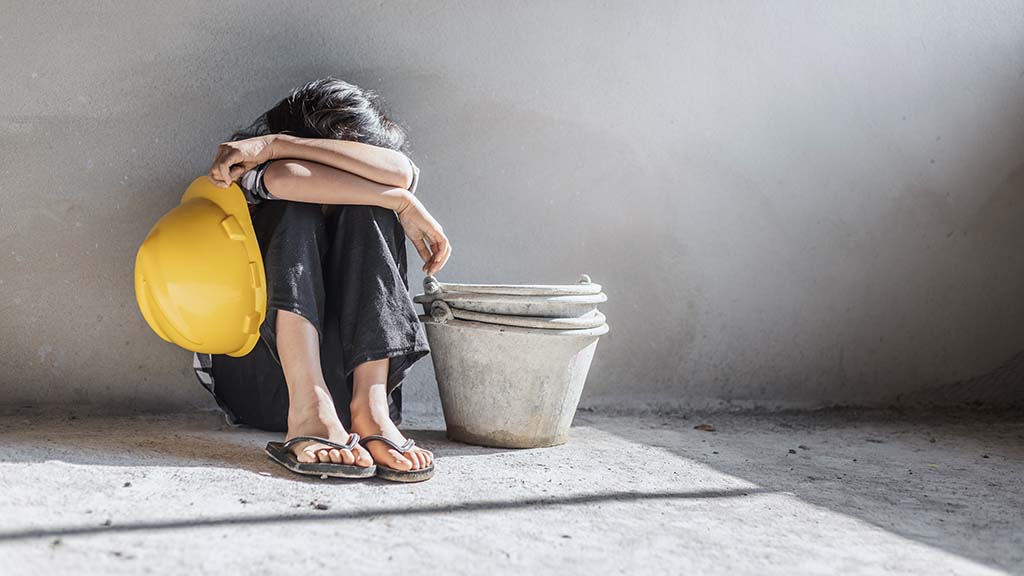
What to Do If You Suspect Human Trafficking
If you believe a patient may be a victim of human trafficking, taking the right steps can make all the difference. Here’s how medical professionals can assist victims:
- Separate the Patient from Their Companion: Find a way to speak to the patient privately. Traffickers often control conversations, so ensuring the patient is alone is critical.
- Ask Open-Ended, Non-Threatening Questions: Questions like “Do you feel safe at home?” or “Has anyone hurt or threatened you?” can open the door for disclosure.
- Avoid Confronting the Suspected Trafficker: If you suspect trafficking, do not try to intervene directly. This could put both you and the victim in danger.
- Follow Your Facility’s Protocol: Many healthcare systems have guidelines for reporting suspected trafficking cases. Familiarize yourself with your institution’s policies.
- Contact Law Enforcement or the National Human Trafficking Hotline: The National Human Trafficking Hotline (1-888-373-7888) is a confidential resource that can guide medical staff on what to do next.
By taking these steps, healthcare professionals play a vital role in identifying and supporting victims of human trafficking.
Healing Trafficking Victims: The Role of Healthcare Professionals
The medical field has a crucial role to play in the fight against human trafficking in the medical system. Programs like Heal Trafficking help train healthcare professionals to recognize trafficking indicators and respond effectively.
Providing compassionate care and being vigilant about red flags can make hospitals and clinics safer spaces for victims. Whether treating injuries from forced labor or helping a patient escape sex trafficking, the medical industry and human trafficking are closely linked in ways that demand action.
Every healthcare worker—from emergency departments to primary care providers—has the power to make a difference. By staying informed, recognizing warning signs, and taking the right steps, healthcare professionals can help break the cycle of human trafficking in a healthcare setting.
If you suspect human trafficking, call the National Human Trafficking Hotline at 1-888-373-7888. Your awareness could save a life.
